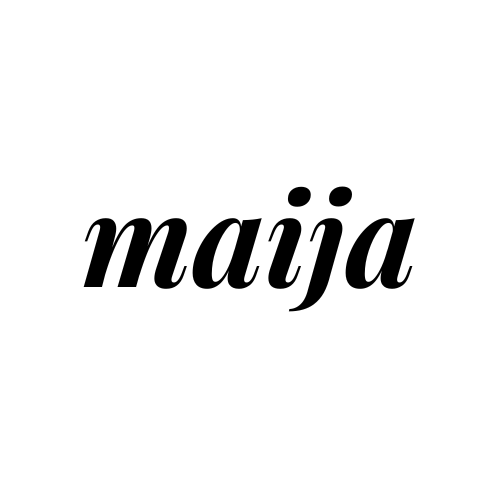
Introduction
Color isn't just for walls or cushions—it's a design element that belongs on your table too. With the right tableware , your meals become more than just food; they turn into experiences. Whether you prefer soft pastels, earthy tones, or bold contrasts, colorful tableware lets you set the tone for every bite.
Gone are the days of plain white dishes being the only go-to. Today, tableware comes in an exciting spectrum of shades, finishes, and textures that can elevate everyday dining or weekend hosting.
Let’s dive into how to thoughtfully use color in tableware design for maximum impact and endless charm.
1. Understand the Psychology of Color
Before picking your palette, consider how colors influence mood and appetite. Choosing tableware with the right hues can enhance your dining experience in subtle yet powerful ways:
Warm Tones (like terracotta, mustard, and coral): Stimulate appetite and create a cozy, energetic vibe—perfect for casual dinners or family meals.
Cool Tones (such as sage green, soft blue, and lavender): Offer calm, sophistication, and are ideal for brunches or garden settings.
Neutrals (like beige, grey, or matte white): Timeless and versatile, these give other colors or your food a chance to stand out.
Bold Colors (including navy, black, or deep plum): These add drama and elegance to any setting, especially for formal or evening meals.
2. Choose a Color Palette That Reflects Your Style
Just like in fashion or interior design, tableware color should reflect your personal taste and the mood you want to create. Here are a few palette ideas based on different aesthetics:
Modern Minimalist : Stick to monochromes like charcoal, sand, or slate with matte finishes.
Scandi Cool : Pair muted tones like blush, dusty blue, and oat for a light, airy vibe.
Boho Chic : Mix jewel tones like emerald, amber, and turquoise with patterned pieces.
Rustic Farmhouse : Earthy greens, warm browns, and creamy whites give that lived-in charm.
Maximalist Glam : Don’t be afraid to mix bold, saturated colors like crimson, gold, and royal blue.
Your tableware becomes an extension of your home's personality. Whether you like subtle elegance or bold expression, the palette should feel like you.
.

3. Mix and Match with Purpose
Gone are the days of buying matching tableware sets for every occasion. Mixing colors and styles can create a curated, collected-over-time look—if done thoughtfully.
A mix-and-match approach gives your table charm and creativity while keeping things functional.

Pick a Base Color : Choose one dominant color to ground the setting.
Vary Textures & Finishes : Combine glazed plates with matte bowls or stoneware mugs to add depth.
Keep a Common Element : Unify your mismatched tableware with a shared material, shape, or rim detail.
Use Color in Layers : Try a dark plate under a light bowl, topped with a brightly colored napkin for visual interest.
4. Make Seasonal Swaps for a Fresh Feel
One of the best ways to keep your tableware collection feeling exciting is to rotate colors with the seasons. This doesn’t mean replacing everything—it just means incorporating accent pieces.
Here are seasonal tableware color ideas:
Spring : Soft greens, floral pinks, and baby blues echo the season’s freshness.
Summer : Think citrus tones—lemon yellow, tangerine, aqua, and coral.
Autumn : Warm ochres, rusts, and deep forest greens create a cozy atmosphere.
Winter : Layer charcoal, icy blue, cranberry, and gold for a festive, elegant setting.
Even switching out napkins, mugs, or salad plates can make your tableware feel new and intentional with each season.
RECOMMENDED PRODUCTS
5. Let Food Be Part of the Palette
Colorful tableware doesn’t just frame your food—it interacts with it. The right background can make your dishes look even more delicious.
Some quick color-food pairing tips:
White Plates : Classic and clean, they make every ingredient pop—especially colorful salads and desserts.
Blue Plates : A subtle contrast to warm-toned dishes like pasta, curry, or roast veggies.
Dark Plates : Great for vibrant foods; think beetroot, citrus, or anything drizzled in sauce.
Muted Neutrals : Earthy dishes (like grain bowls or rustic tarts) shine on beige, cream, or clay-colored tableware .
Using your tableware as part of the food presentation brings the entire meal into harmony—color, flavor, and style.
RECOMMENDED PRODUCTS
Conclusion
Colorful tableware brings life, energy, and personal expression to every meal. Whether you're hosting a dinner party or sipping solo coffee at sunrise, your choice of hues can turn the table into a canvas. From bold contrasts to soft palettes, every tone tells a story—so why not make yours vibrant?
So go ahead—mix a little coral with cobalt, pair rustic greens with creamy whites, and create a table that makes you smile before the first bite. With colorful tableware , dining becomes more than just eating—it becomes a beautiful, everyday ritual.
FEATURED IN THIS BLOG
FAQs About Colorful Tableware
Will colorful tableware go out of style quickly?
Not if you choose tones that reflect your personal taste. Classic muted hues or earthy tones have timeless appeal and pair well with trendier accents.
Can I mix vintage and modern tableware?
Absolutely! Mixing eras adds character. Just keep one element consistent, like a shared color or finish, to tie everything together.
Is colorful tableware dishwasher safe?
Most modern ceramic or stoneware options are dishwasher safe, but always check the product care label to preserve the finish and color vibrancy.
Related readings
"Come on, let’s find the decor item that’s just right for you!"











